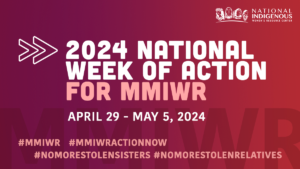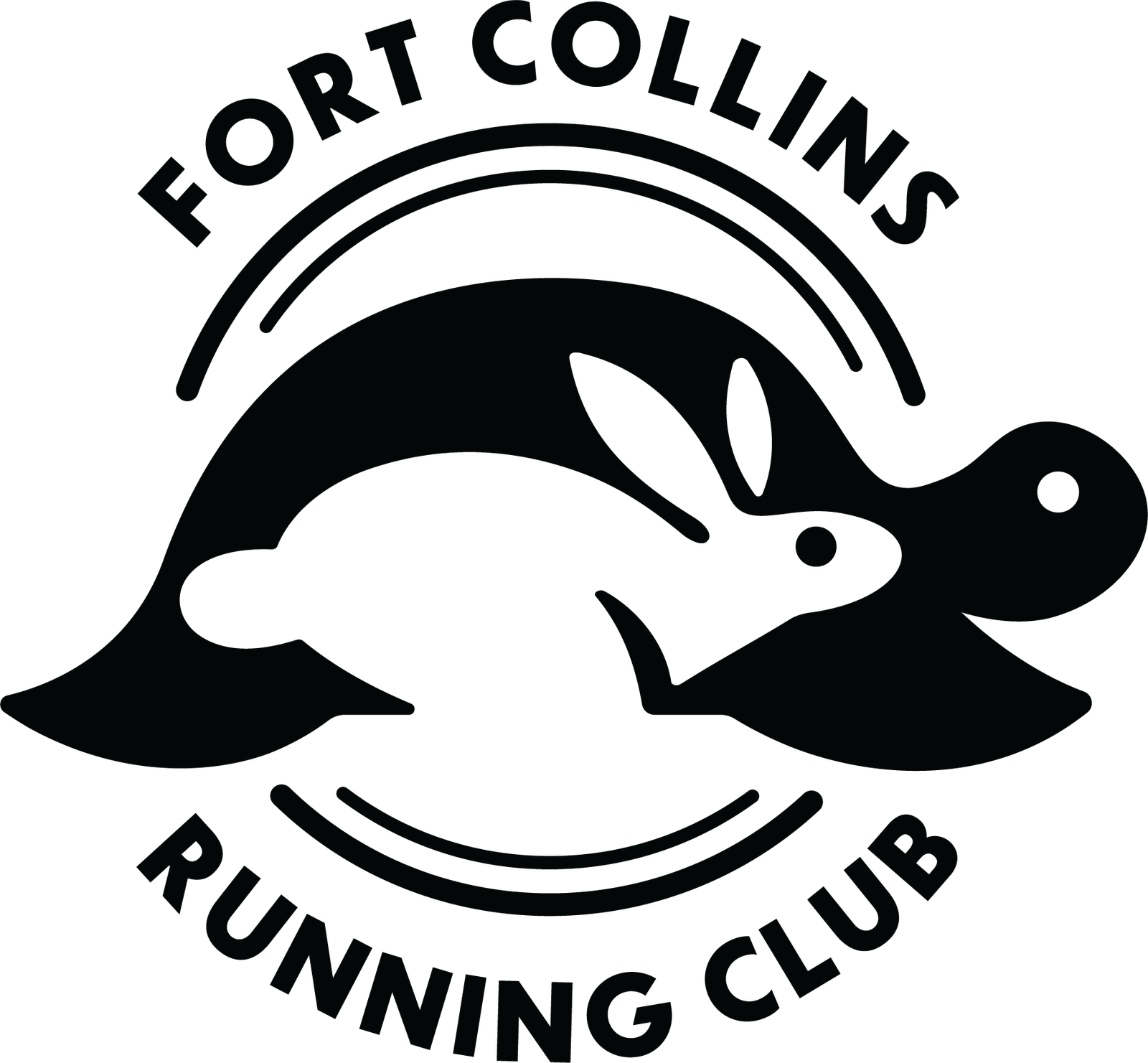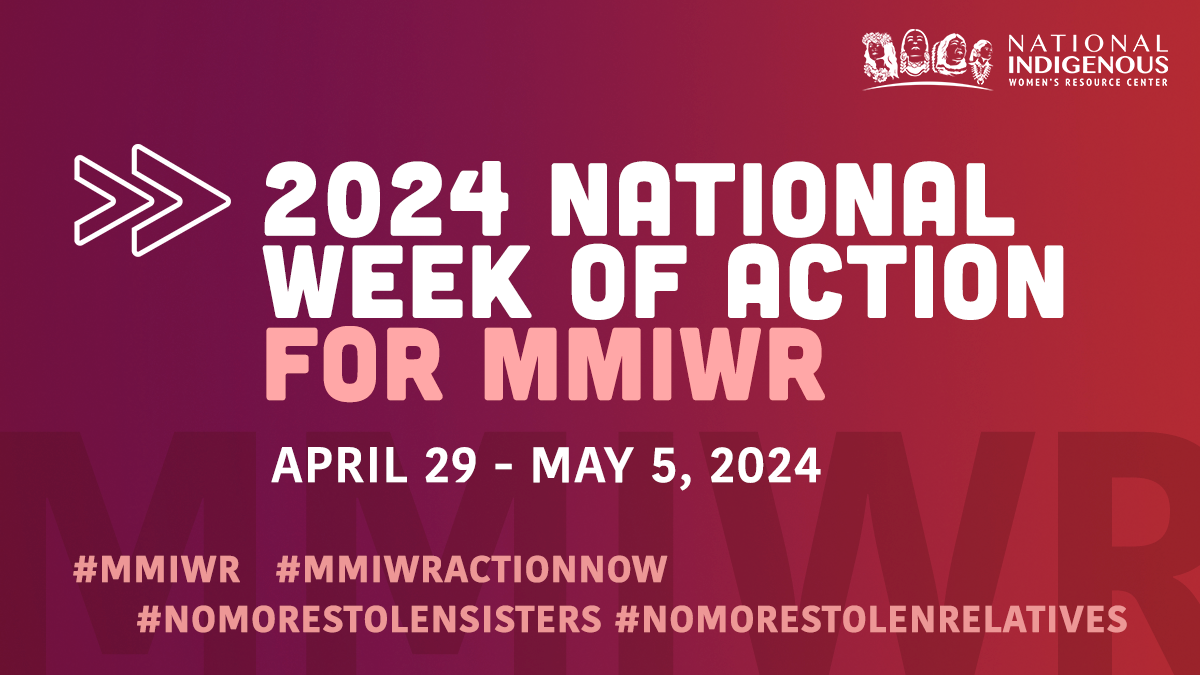As the National Indigenous Women’s Resource Center reports, Native communities face the highest rates of assault, abduction, and murder of women. More than 4 in 5 Indigenous women — a staggering 84.3% — having experienced violence in their lifetime. In addition, 96% of Indigenous women who experienced sexual violence had this violence committed by a non-Native perpetrator.
The crisis of violence against Indigenous communities must end. It’s time to stand up for Native families and relatives who are constantly left behind.
History:
Following the disappearance and murder of Hanna Harris at the Northern Cheyenne Reservation in 2013, the Montana Congressional Delegation worked to pass the first Senate resolution declaring May 5th as the National Day of Awareness for Missing and Murdered Native Women and Girls (MMIWG) in 2017.

Despite this declaration, Native women continue to go missing and are murdered at alarming rates. As Jordan Marie Brings Three White Horses Daniel writes, “This injustice has been ongoing since 1492 to present day, where thousands of our kin have gone missing and/or their lives have been taken.”
The ongoing injustice of Missing and Murdered Indigenous Women and Relatives (MMIWR) reflects the intersection of genocide, colonization, and violence against women, including domestic violence, sexual assault, forced sterilization, and trafficking. These crimes occur due to a long history of government policies and practices that increase Indigenous women’s vulnerability.
Each year, numerous Indigenous-led organizations, including Native Women Running and Rising Hearts, host on-site and virtual MMIWR runs to raise awareness and funds for those whose relatives have been stolen and/or murdered. This year, numerous FCRC members participated, including AJ Chlebnik and Lucien Meadows, who share their stories.
AJ Chlebnik:
This year for MMIWR, I once again found myself in New Mexico, this time in Albuquerque, which is located on the traditional, unceded land of the Tiwa People. I was there to run a half marathon with my mother, and wore red during this race in solidarity and remembrance. While running, I was struck by the merging of Indigenous, Spanish, and Anglo culture that I experienced both on the race trail and in Albuquerque. For some reason, all seemed more present there than they often do in my chosen home of Fort Collins – which means I need to look around and pay attention more.
Did you know that the City of Fort Collins has a land acknowledgement statement, developed in partnership with our indigenous community? Here it is, per the City’s Equity Office webpage:
We acknowledge and honor the lands situated within the City of Fort Collins as the original homelands of the Hinono’eiteen (Arapaho), Tsétsėhéstȧhese (Cheyenne), Nʉmʉnʉʉ (Comanche), Caiugu (Kiowa), Čariks i Čariks (Pawnee), Sosonih (Shoshone), Oc’eti S’akowin (Lakota) and Núuchiu (Ute) Peoples. This area is an important site of trade, gathering, and healing for these Native Nations. These lands are home to a diverse urban Native community representing multiple Native Nations and Indigenous Peoples. Despite forced removal and land dispossession, they continue to thrive as resilient members of our community. We are grateful for Native community members and honor the rich cultural heritage they bring to our collective community. We further recognize and value their social, intellectual, economic, and cultural contributions. The City of Fort Collins is committed to supporting, partnering, and working with the Native and Indigenous community.
Read more about the land acknowledgement.
I would encourage runners to reflect on that and think about the original stewards of the lands you’re running through and the challenges they continue to face when you are on your next weekly long run.
Lucien Meadows:
For MMIWR 2024, I participated in virtual runs offered by Native Women Running and Rising Hearts, wearing red in solidarity. My red MMIWR shirts sparked a few conversations at trailheads around Fort Collins, which was meaningful: no one who commented had previously focused on listening, remembering, meditating, and being a visible ally and agitator for justice.
During the National Week of Action, I reposted the runs and statements of Indigenous peoples on various platforms. As an ally, I reflect and amplify their messages, using my position to help hold space, but stepping back so that their voices come forward—and the messages shared by runners reposted by Native Women Running were so powerful and inspiring.
What Can You Do?
Help call the nation and the world to action in honor of Missing and Murdered Indigenous Women and Relatives.
First, learn more about MMIWR.
- Visit The National Indigenous Women’s Resource Center’s National Week of Action.
Indigenize your social media feed, and like/repost what Indigenous peoples share about MMIWR to help amplify their voices.
- As just a few examples, consider following the NIWRC, IllumiNative, Native Women Running, Rising Hearts, Verna Volker, Jordan Marie Daniel, and Rosalie Fish.
Talk about MMIWR to raise awareness, but don’t stop at “talk.”
- Know whose lands you live, work, and run among. Visit Native Land Digital to get started.
- Donate your time, talent, and/or treasure to Indigenous-led groups working for justice, including, locally, the Northern Colorado Intertribal Powwow Association. AJ and Lucien were able to volunteer at the NCIPA PowWow this year (they need volunteers every year) and it was a great experience!
Support Indigenous running organizations, including Native Women Running and Running Strong for American Indian Youth. Both of these organizations are doing great work for the Indigenous and running communities.

